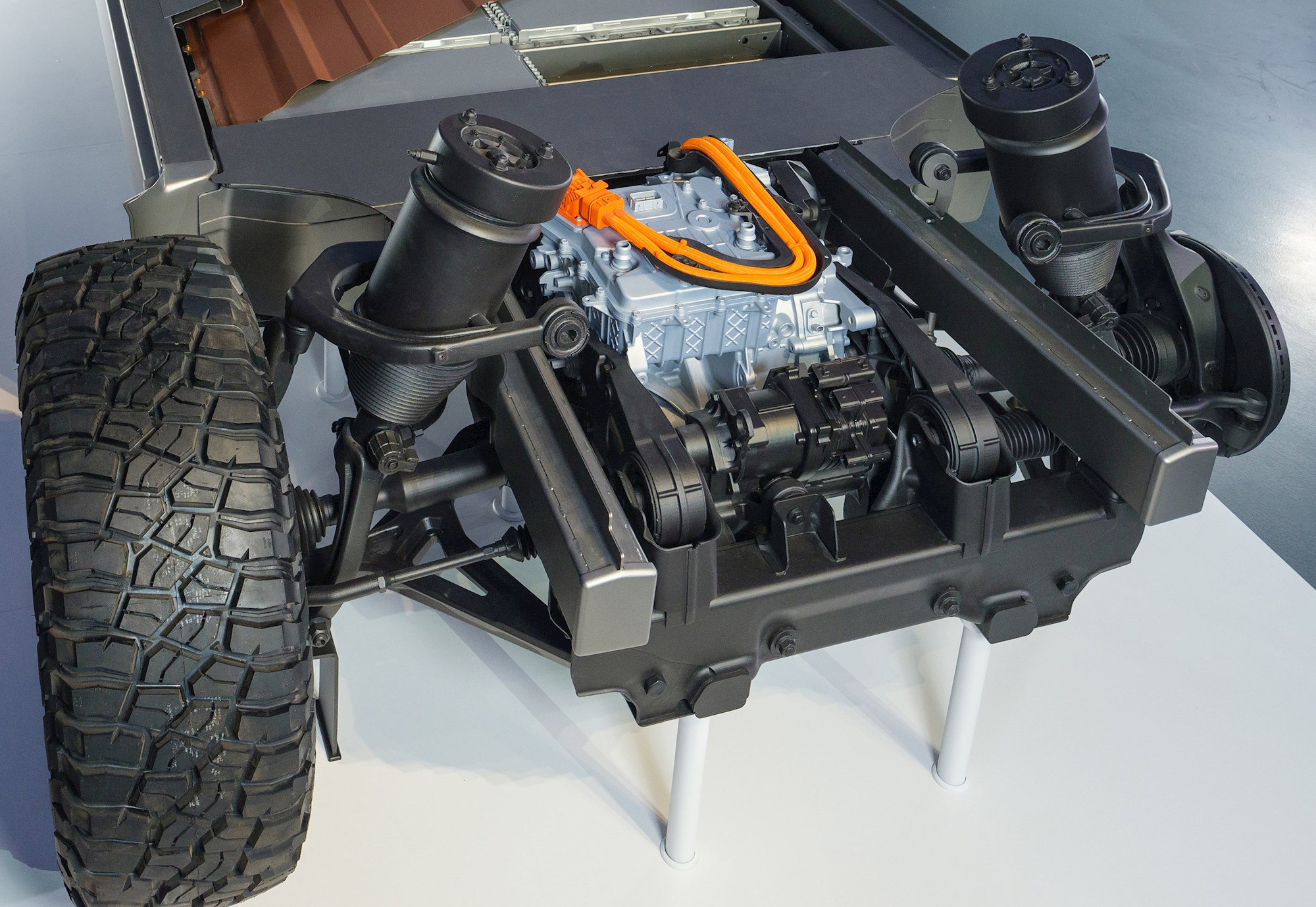There are many reasons why Holden was behind the 8 ball in the build-up to its demise last month, including economies of scale, poor sales, and an unforgiving iron fist from parent company General Motors. But along with that, for a long time Holden had a set image in Australia and New Zealand as being focused more on its heritage than the future.
Australia's lingering attitudes on EV investment and the high price of Holden's first EV, the Volt, wouldn't have helped any aspirations for the brand to become 'a green choice'. But nevertheless, Holden was seemingly set to be at the core of GM's next big push of EVs. A $30million injection from GM to help Holden focus on developing future technologies was announced in August 2018, and undoubtedly the idea of electrified product joining the line-up was on the table, too.

Of course, none of this would materialise. But, it raises the question of whether things might've unfolded differently if GM had rolled out its latest EV development just a few years earlier.
The American firm has shown off its latest electric 'skateboard' platform, as well as plan of sorts as to the manufacturers its destined to feature with. Buick, Chevrolet, GMC, and Cadillac are all going to inherit EVs built off the multi-purpose platform.
The modular chassis (capable of bring FWD, RWD, or AWD) features GM's new Ultium batteries, which have purport to be more practical for use in different vehicles because the 'large format, pouch-style' cells can be stacked vertically or horizontally depending on the application. Energy options range from 50kWh to a whopping 200kWh, which GM claims is good enough to produce vehicles capable of over 640km of range per charge and 0–100km/h times of as low as three seconds.
“Thousands of GM scientists, engineers and designers are working to execute an historic reinvention of the company,” said GM President Mark Reuss. “They are on the cusp of delivering a profitable EV business that can satisfy millions of customers.”
GM has already unveils one vehicle built on the platform; a ride-sharing autonomous box called the Cruise Origin (named after its self-driving system; Super Cruise). But perhaps more interesting is the upcoming Cadillac Lyriq SUV [pictured in lead].

The Lyriq has the vibe of a product timed to perfection in the wake of the luxury market's recent acceleration of electric SUV offerings like the Jaguar I-Pace, Mercedes-Benz EQC, and Audi e-tron — plus the Ford Mustang Mach-E. And based on the teaser image it's likely to be quite an attractive thing. It's set to be unveiled formally in April.
The Lyriq is, however, a bit of a footnote in the grand scheme of GM's press release on the new global platform and battery tech. What the firm appears more determined to acknowledge is the attention paid to making the project profitable. This is something EV manufacturers continue to struggle with today, despite reasonable uptake in countries like New Zealand.
American EV uptake is expected to more than double between 2025 and 2030 according to third-party research groups, and GM thinks growth could potentially be even higher than that with the introduction of more EV infrastructure. It's also rather keen to farm out its battery tech to other companies.
“The first generation of GM’s future EV program will be profitable,” says the firm's press statement with confidence. “The initial programs will pave the way for further accretive growth. GM’s technology can be scaled to meet customer demand much higher than the more than 1 million global sales the company expects mid-decade.”









